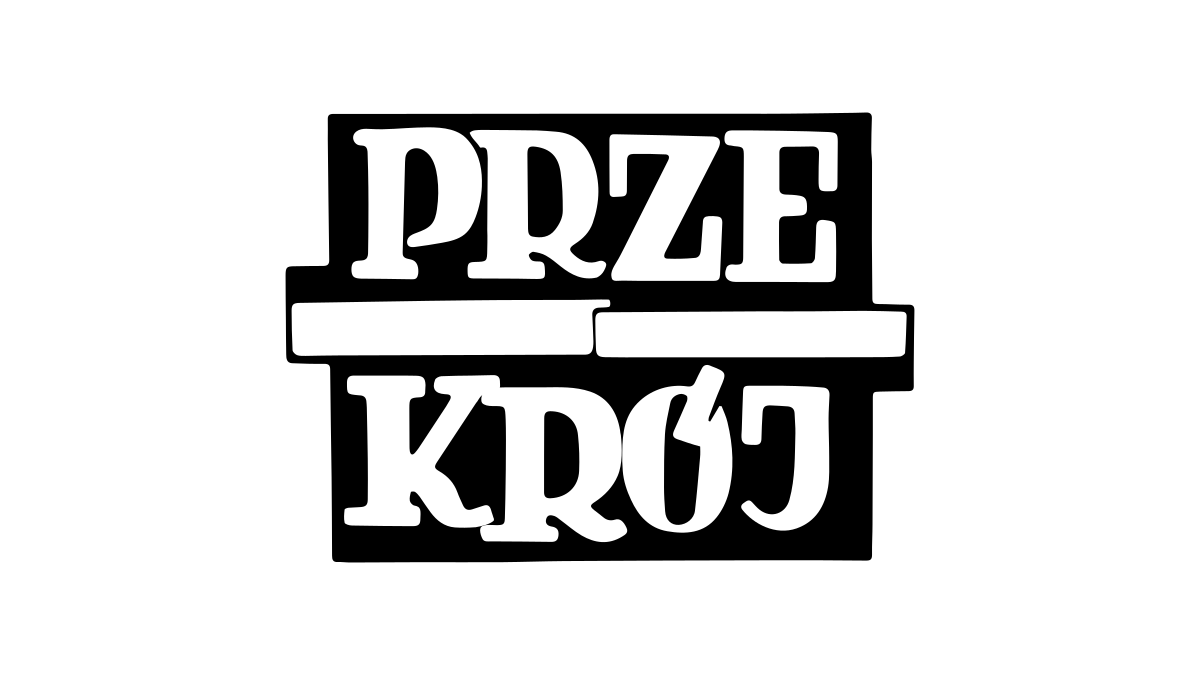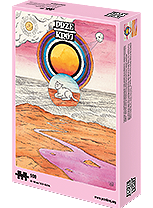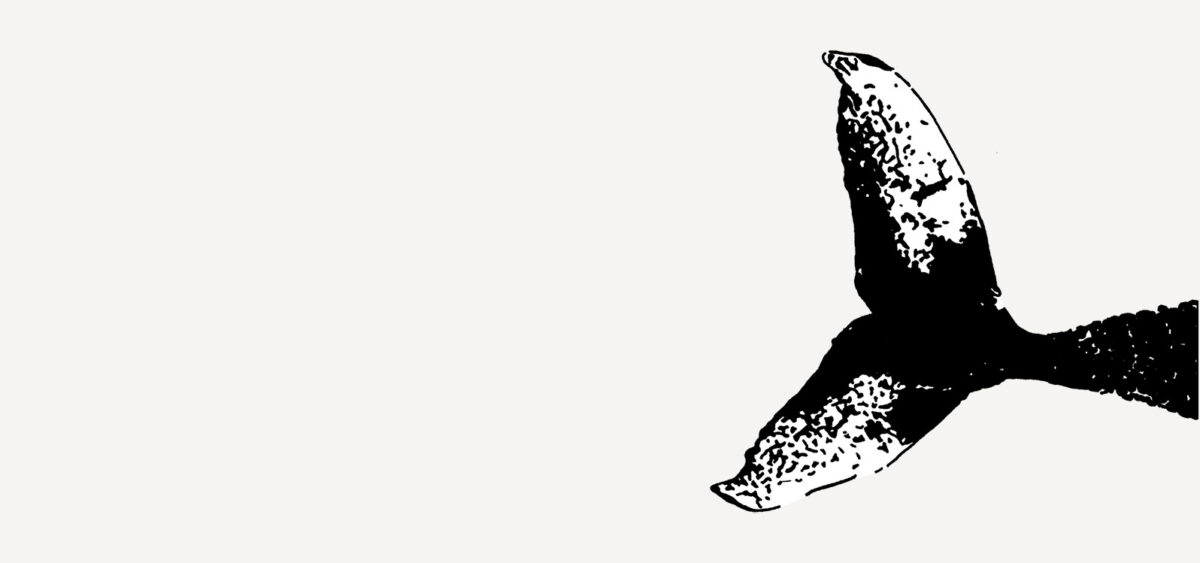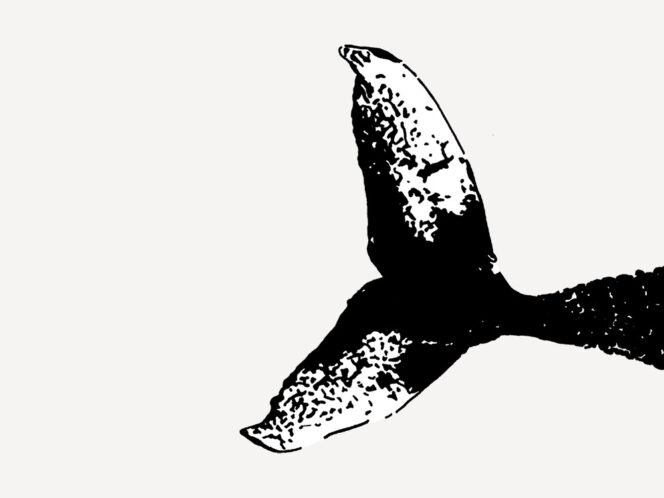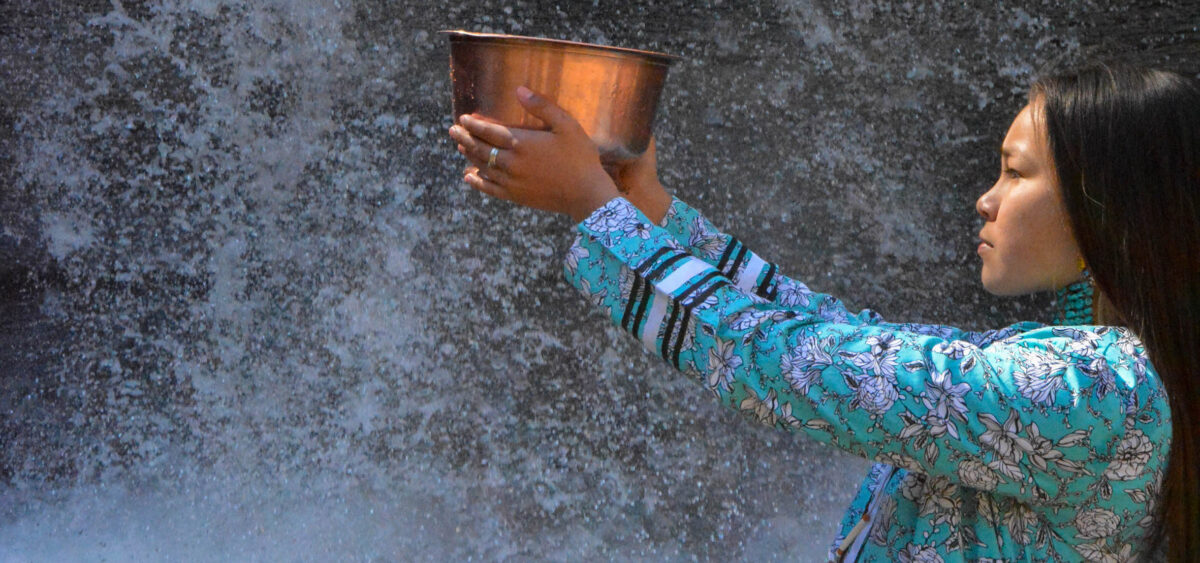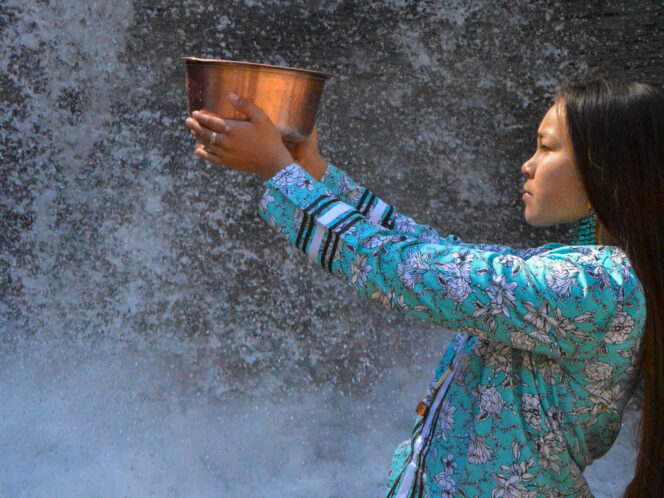
The Great Australian Bight is home to the Mirning, one of the island’s Indigenous peoples. They feel responsible for animals living there, because they believe that they are related.
According to the reasoning of the ancient Chaldeans and the Greco-Egyptian astrologers, the human body is connected to the system of planets and zodiac signs in the sky. It’s a microcosm. Blood vessels run through our body just as life-giving water channels run through the body of the Earth. Our breath is like air, and the warmth of the human body is like the ‘inner heat’ of the Earth (as was commonly believed in mediaeval Europe). In the 18th century, scholars from The Royal Society in London argued that the Earth is an expanded human organism.
In the 1970s, astronomer Carl Sagan explained that our DNA contains the same material that stars are made of; in 2010, Chris Impey, professor of astronomy at the University of Arizona, attempted to prove that 97% of our body matter comes from ancient stars. Yet for about 65,000 years, or ever since Dreamtime, Indigenous Australians have
